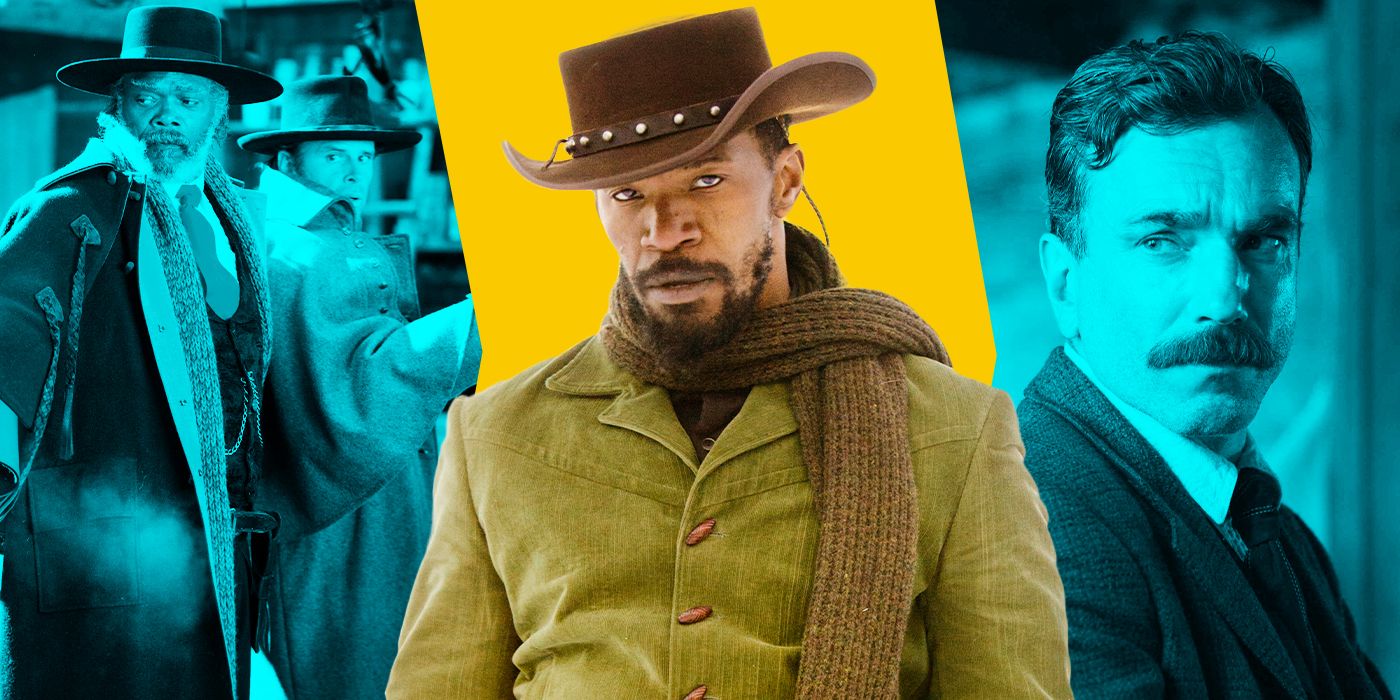Dennis Quaid, Meg Ryan, and James Caan Collided in This Western Neo-Noir Hardly Anyone Remembers
Some movies are forgotten because they were bad, and then there are others that were simply way too ahead of their time to be appreciated. Flesh and Bone falls into the latter category, serving up a slow-burning, neo-noir tragedy that was stuck between being a bit too dark for mainstream audiences and too poetic to be forgotten entirely. In a nutshell, Flesh and Bone is the kind of film where the sins of the past affect the present in the most over-the-top way possible.
The story starts with a young boy unknowingly luring a family to their deaths at the hands of his father (James Caan), a no-good thief whose conscience died a long time back. That boy grows up to be Arlis Sweeney (Dennis Quaid), a vending machine supplier living a lonely, cyclical existence. Then Kay Davies (Meg Ryan) hits the scene with a combination of rough past and tragic optimism that Sweeney simply can’t ignore. Unfortunately, theirs is not a meet-cute, it’s some twisted joke played by fate. Investing more in dread than pistol-waving action, Flesh and Bone digs into the consequences of past mistakes in a way that feels all too real. It may have bombed at the box office, but it’s safe to say that time has been kind to its dark beauty.
‘Flesh and Bone’ Feels Smarter Now Than It Did in the 90s
There’s something oddly satisfying about watching a good film that didn’t quite stick the landing when it first came out. Flesh and Bone is undoubtedly one of those films solely based on the fact that back in 1993, audiences didn’t really know where to place it. Was it a romantic drama? A Southern gothic thriller? Or your run-of-the-mill slow-burn murder mystery? It turns out that it ticked all those boxes, and perhaps that’s what really made it a marketing nightmare. In the movie, Dennis Quaid played Alrlis Sweeney, a man haunted by a childhood tragedy orchestrated by his grifter father (James Caan). Then Ryan’s Kay Davies shows up, drunk and heartbroken, ready to start the romantic part of this genre-melding picture. However, their potential love connection gets hijacked by their shared, traumatic past. Flesh and Bone’s storyline is quiet, slow, and doesn’t hold your hand. Looking back, that’s probably why some folks checked out early.
But now that we’re smack in the age of genre-blending shows and films, we recognize that Flesh and Bone was ahead of its time. Modern audiences don’t need their plot points fed to them and while those tonal shifts may have been jarring in the 90s, now they can be classified as deliberately rich. Take the quiet motel scenes between Arlis and Kay. On the surface, they come across as snippets of a slow-burn romance, but there’s a certain level of stillness underneath — like there’s an unspoken truth everyone is scared to say out loud. Then Caan’s Roy Sweeney barges back into the story, and suddenly, the mood shifts from tender to tense. Back in the ’90s, that kind of tonal detour threw people off. Now, it just feels like a movie trusting its audience to keep up.
‘Flesh and Bone’ Turned Meg Ryan, Dennis Quaid and James Caan Clashing Styles Into Great Tension
Flesh and Bone almost feels like its three leads read completely different scripts, but somehow they all end up in the same movie — and it checks the right boxes. Quaid, playing Arlis, delivers his performance with a near-emotional flatline, but underneath all that is an overload of internal tension and quiet guilt. Then, there’s Ryan who’s a far cry from the perky rom-com roles that made her famous at the time. In Flesh and Bone, she comes across as completely wrecked and ragged as well as this messy, impulsive woman who uses her heartbreak as an emotional crutch. Their interactions are jarring at first, especially for people who are used to seeing them together in Innerspace or 1988’s D.O.A. The good news is that their friction ends up doing wonders for the way the film plays out.
And then there’s Caan who plays the insensitive grifter, drifting from scene to scene with his signature mix of menace and charisma. Even when he’s laying down the charm, it’s clear that there’s something sinister about him. Nevertheless, his energy is unmatchable throughout the film, but that dissonance is one of the reasons why it’s so unsettling. At the end of it all, what should’ve felt like three actors in different movies becomes the very element that makes Flesh and Bone tick. Perhaps even more poetic is that their mismatched performances mirror the film’s layered tone — part thriller, part tragedy, part sad, slow-burn romance.


